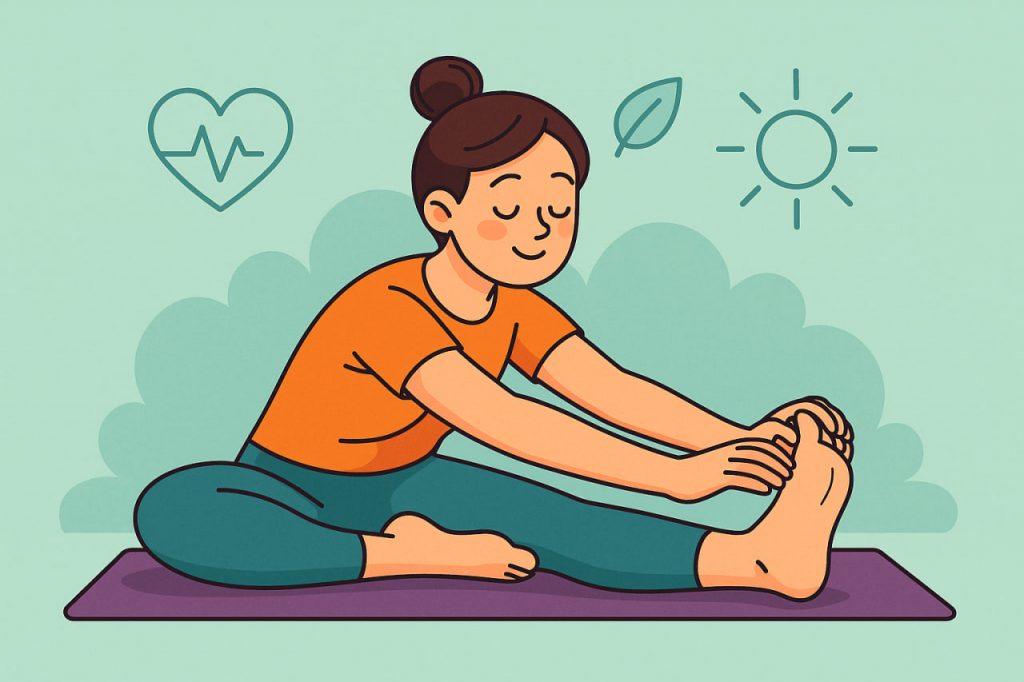Stretching and improving flexibility are essential parts of a healthy lifestyle, yet they are often overlooked compared to strength or endurance training. Flexibility supports mobility, posture, and overall physical well-being, making daily activities easier and reducing the risk of injury. Both athletes and people with a sedentary lifestyle can benefit from regular stretching practices.
Why Flexibility Matters
Flexibility refers to the ability of muscles and joints to move through their full range of motion. Without it, movements become restricted, and muscles may tighten. This limitation can cause discomfort, stiffness, or even long-term joint problems. Good flexibility ensures that the body can move smoothly and efficiently.
Physical Benefits of Stretching
Stretching increases blood flow to muscles, warms them up, and prepares the body for activity. Regular stretching reduces muscle stiffness, improves posture, and relieves tension caused by stress or sitting too long. It can also prevent injuries by making muscles and joints more resilient to sudden movements or strains.
Impact on Sports and Daily Life
For athletes, flexibility enhances performance by allowing smoother and more powerful movements. In everyday life, flexibility helps with simple tasks such as bending, reaching, or walking without discomfort. It also contributes to balance and stability, reducing the risk of falls, especially in older adults.
Mental and Relaxation Effects
Stretching is not only physical but also calming. Slow, mindful stretching activates the parasympathetic nervous system, which helps reduce stress and promote relaxation. Many people combine stretching with deep breathing exercises to support both body and mind.
How to Improve Flexibility
Consistency is key. Dynamic stretches before exercise prepare the body for movement, while static stretches after workouts or before bedtime help lengthen and relax muscles. Yoga, Pilates, or simple stretching routines at home can steadily improve flexibility over time. However, overstretching should be avoided, as it may cause injury.
Conclusion
Flexibility is a foundation of healthy movement. Regular stretching supports physical performance, reduces injury risk, and improves mental well-being. By incorporating stretching into daily routines, people of all ages can maintain mobility, reduce stiffness, and feel more energized.
Glossary
- Flexibility – the ability of muscles and joints to move through their full range of motion.
- Static stretching – holding a stretch position for a period of time to lengthen muscles.
- Dynamic stretching – controlled movements to prepare muscles for activity.
- Parasympathetic nervous system – the part of the nervous system responsible for relaxation and recovery.
- Mobility – the capacity of a joint to move actively within its range.


